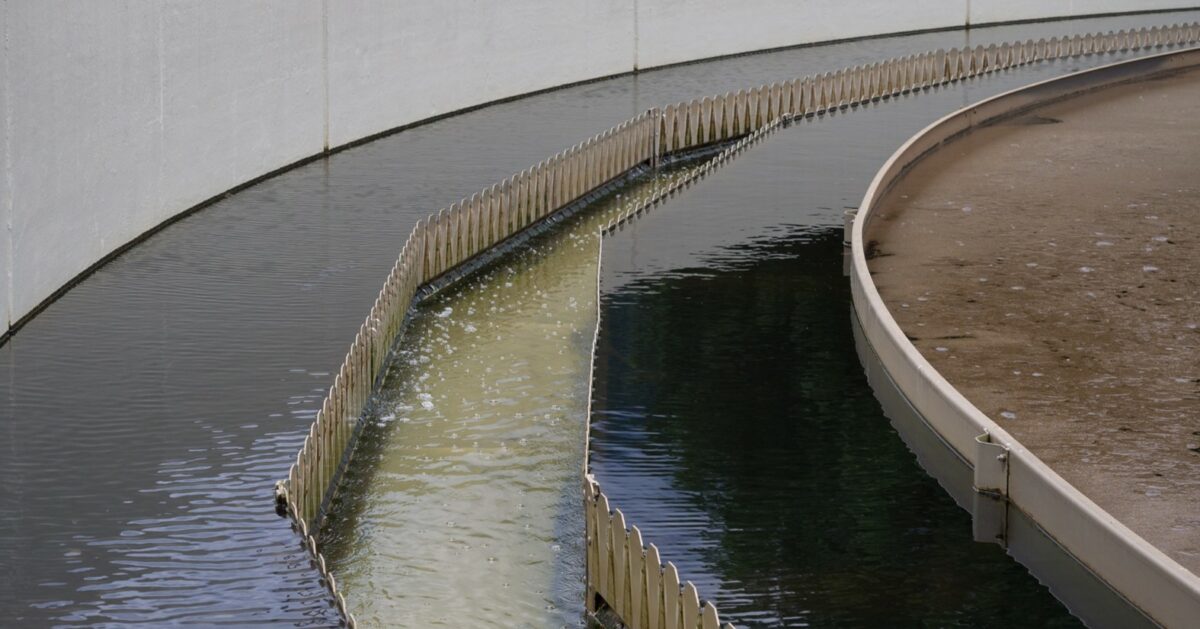BLOG
US | COVID-19 | CDC Issues Guidance for Drinking Water and Wastewater Treatment Systems
- #CDC
- #Centers for Disease Control and Prevention
- #Coronavirus
- #COVID-19
- #Health & Safety
- #Wastewater
- #Water

On March 10, 2020, the Centers for Disease Control (CDC) issued a guidance document that addresses concerns about the possible presence…

On March 10, 2020, the Centers for Disease Control (CDC) issued a guidance document that addresses concerns about the possible presence of the novel coronavirus that causes COVID-19 in drinking water, wastewater, and recreational water.
This information can be helpful to the public and to operators and employees of all water treatment facilities, especially those related to drinking water and wastewater treatment.
CDC Guidance Highlights
- The virus causing COVID-19 has not been detected in drinking water
- Conventional water treatment methods used by most municipal drinking water systems (filtration, disinfection) should remove or inactivate the virus that causes COVID-19.
- Data suggest that standard municipal wastewater system chlorination practices may be sufficient to inactivate coronaviruses as long as utilities monitor free available chlorine during treatment to ensure it has not been depleted.
- The risk of transmission of COVID-19 from the feces of an infected person is unknown, however, the risk is expected to be low.
- CDC is reviewing data on the transmission of COVID-19 in sewerage systems. At this time, transmission is believed to be low. SARS, a similar coronavirus, has been detected in untreated sewage for 2 to 14 days. During the 2003 SARS outbreak, there was documented transmission associated with sewage aerosols.
- Wastewater and sewage workers should use standard practices, practice basic hygiene precautions, and wear PPE as prescribed for current work tasks.
 Join our LinkedIn discussion group, COVID-19 HSE Red-on-line Experts Forum, to share your experiences and best practices relative to the novel coronavirus with fellow EHS professionals and the Red-on-line team.
Join our LinkedIn discussion group, COVID-19 HSE Red-on-line Experts Forum, to share your experiences and best practices relative to the novel coronavirus with fellow EHS professionals and the Red-on-line team.